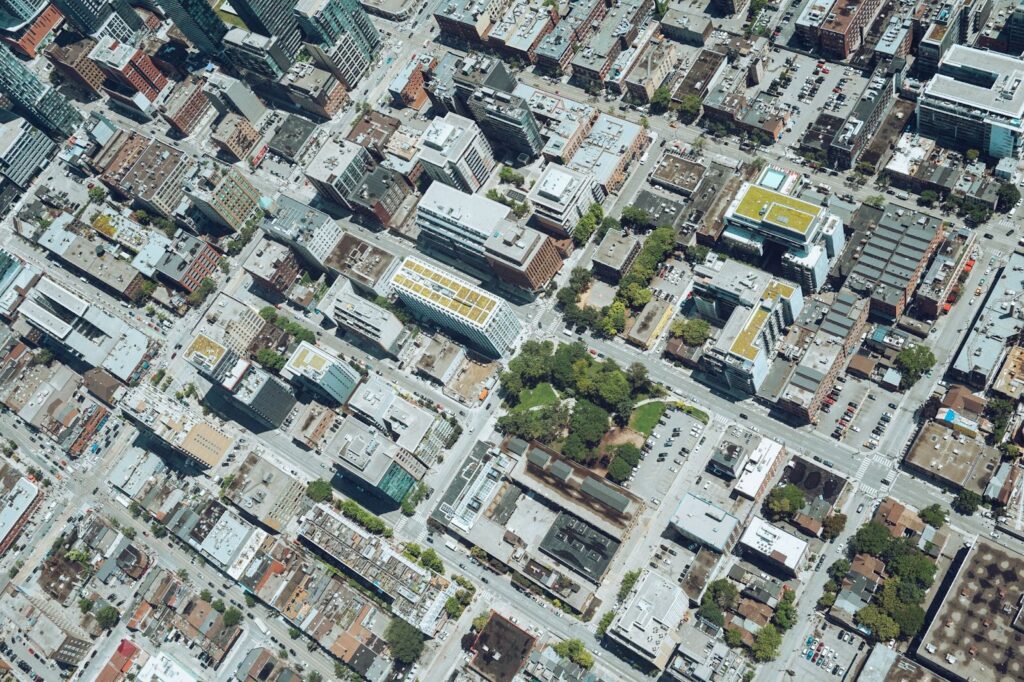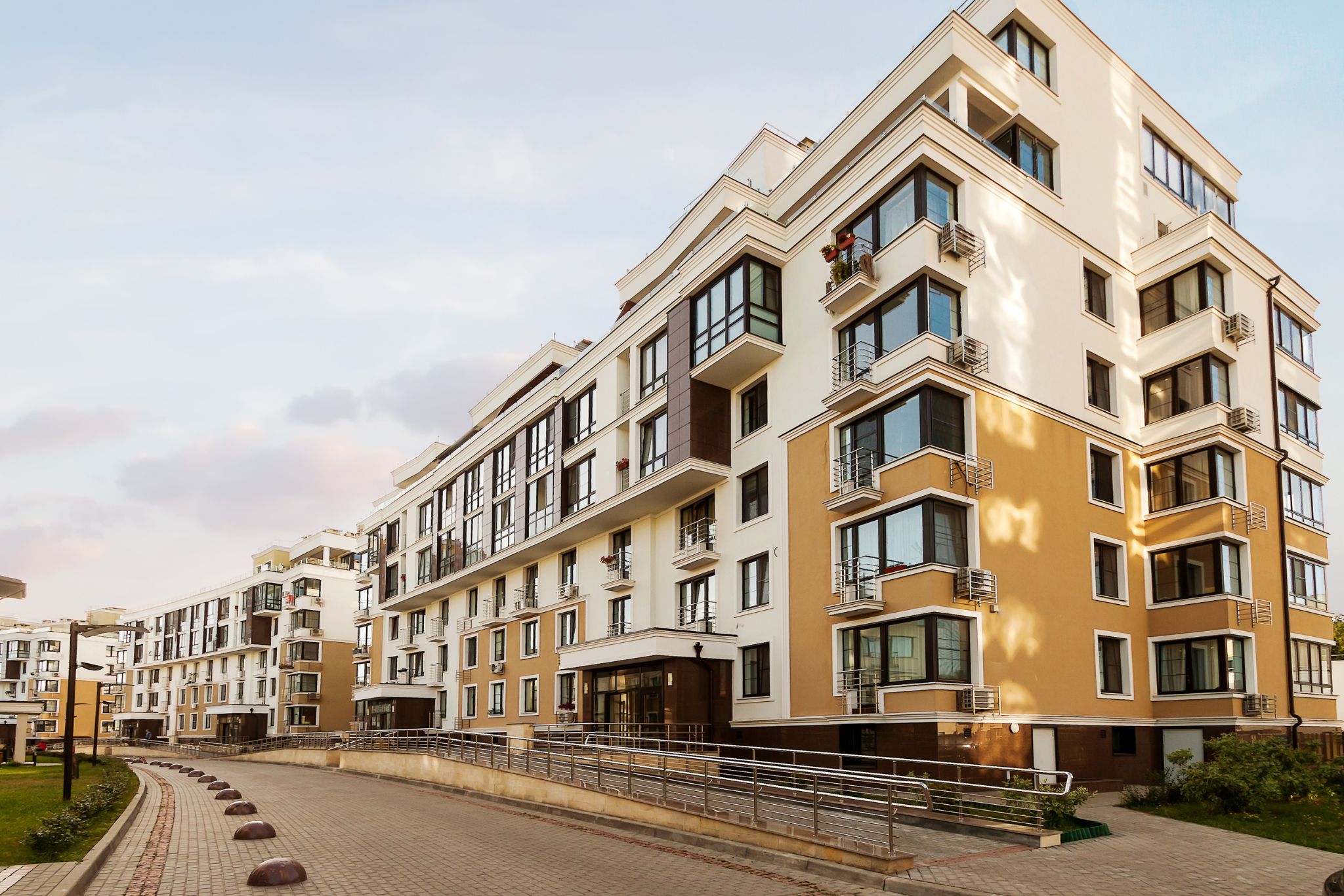A cosy cafe on the ground floor, with apartments on the two top floors? Or how about this, a landscape that incorporates shopping malls, entertainment complexes, hotels, residential towers, and recreational spaces? I call this an all-in-one package, but it is formally known as ‘Mixed-Use Developments’(MUDs).
If you think this is a new phenomenon that originated due to urbanization, it is not. The mixed-used typology used to exist as early as 110 AD in ancient Rome where one of the first examples is ‘Trajan’s Market’. This market was constructed in a way to accommodate both shops and apartments on a multi-level structure.
Albeit the fact that they used to exist since the early Romans and perhaps even appeared on ‘Asterix and Obelix’, this architectural marvel that seamlessly blends the best of multiple worlds has become the heart of modern urban landscapes.
What Shape Does Today’s Mixed-Use Spaces Take?
The reason that MUDs have gained rapid traction over the past two decades or so is that it rides on the function of zoning prime functions together. That is, it brings together the place of residence, work, recreation, and urban transportation under one wing making life easier for the general public. People have embraced the metamorphosing of single-use zones to a more integrated approach in a positive manner, causing MUDs to become the new norm. And interestingly, it keeps upgrading itself to better versions that meet the demands of the consumers.
Previously, mixed-use spaces paired up only residential and commercial spaces. This implied that shopping and leisure areas took over the lower levels (mostly ground floors) of a building whereas the residential spaces occupied the top floors. This was an attractive arrangement and had a large crowd opting for it. However, the marketers of MUDs realised that they can do better. So they upped their game.
Evolving as a concept, MUDs combined different types of functions in one building that was not limited to only residential and commercial zones. The idea was to create compact, walkable neighbourhoods that reduce the need for long commutes and foster a sense of community. Architects have started thinking bigger and as a result, MUDs are growing.
Why are MUDs Trending?
A living arrangement that will have everything you need at an arm’s length, or in this case- a walking length, proves to be extremely tempting, especially with the lifestyle that people lead nowadays. As over 50% of the global population currently resides in urban areas, these densely inhabited regions are undergoing urban rejuvenation efforts to offer fresh prospects within zones that are outdated. Numerous MUDS are focused on transit accessibility, weaving historical and cultural connections into the present, and placing significant importance on eco-friendliness. While many are of the misconception that MUDs are a thing of developed countries, it is safe to say that this is now a global phenomenon.
Mixing and matching different units in this manner has a plethora of benefits. Both for the service providers and the users.

Amidst such, a few of the main reasons why MUDs are leapfrogging at this pace is because:
Reduced Traffic Congestion: Even the thought of being stuck in long queues of vehicles that don’t seem to move for 3 to 5 business days has now become repulsive. People are always on the clock, running around to get one thing or another done. In an era as such, if MUDs help them prevent being rooted in traffic, they will gladly take that option. Because MUDs offer essential services and amenities within walking distance, they lessen the need for long commutes, easing traffic congestion and promoting healthier lifestyles.
Diversification of Rental Income: The kind of lifestyle that MUDs promote invites a variety of tenants to seek them as an abode,either temporarily or permanently. If the investors expand the let-ins as opposed to strictly sticking to one type of tenant, not only will this lead to an increased occupancy rate but also to a higher financial return. Through the provision of varied rental choices, property managers can broaden their sources of revenue. Privately leased apartments yield consistent, enduring rental income, whereas ones that are on flexible leases accommodate medium-term rentals. Short-stay units cater to the needs of travellers and tourists as well. This assortment can aid in minimising the risks that are tied to shifts in demand and conditions within the rental market.
Creates a Sense of Place: MUDs convert a space that previously had no meaning or cultural affiliations to a place with routine, rhythm, and life. Designers are invoking the principles of placemaking to outline the shape of mixed-use environments that will in return offer experiences laden with meaning. Most often than not, MUDs attempt to create a synergy of nature, community, human scale, culture, connectivity, and art to give the tenants something authentic and worthwhile.
Community Engagement: These developments facilitate organic interactions, fostering a sense of belonging to a community. Residents have the opportunity to work, shop, dine, and socialise in close proximity. This may help them overcome the feeling of isolation as well.
Urban Revitalization: Often, MUDs breathe new life into neglected or underutilised areas, transforming them into thriving hubs of activity. This can have a positive effect on property values and overall urban aesthetics.
The flipside to MUDs however is that as much as they shine as a vital component of urbanization, they also have crucial considerations. For instance, zoning regulations, community acceptance, and the need for meticulous planning are some of the obstacles that developers and urban planners must navigate. And on a more serious level, balancing the interests of different stakeholders, an increase in noise and space in a certain area, maintaining architectural harmony, and being more challenging to finance and manage than normal development projects can be listed as a few drawbacks.
Despite such hurdles, MUDs represent a holistic and innovative approach that adds to the already existing layers of interesting urban planning and development. If you Google for examples of MUDs that are either already completed or ones that are on their way to becoming whole, what you will see is that they are a paradigm shift in urban planning. MUDs transcend boundaries to birth a dynamic, inclusive, and sustainable community. It is not just a place anymore, but rather a feeling.
(Sandunlekha Ekanayake)
